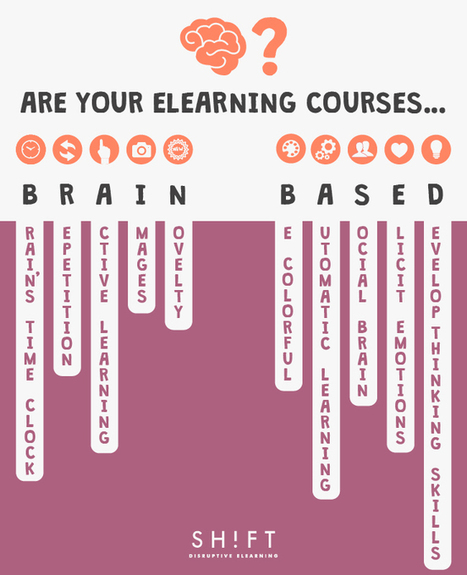"Julie Grimm, a teacher at Salem Avenue Elementary School in Hagerstown, Maryland, was concerned that many of her 2nd grade students failed to become engaged in their research projects. She found herself spending lots of time trying to provide the right research framework...
Then Julie made one simple shift that disrupted her typical classroom practice and led to a more dynamic learning environment."



 Your new post is loading...
Your new post is loading...














Learn about the power of question formulation in this post. The information comes from the Right Question Institute, and provides a great overview of how to teach your students to ask good questions. The post is split into the following sections:
* The Power of Question Formulation
* Question Formulation in Practice (which includes)
- Step 1: The teacher designs a question focus
- Step 2: Students produce questions
- Step 3: Students work with open-ended and close-ended questions
- Step 4: Students prioritize questions
- Step 5: Teacher and students discuss next steps for using the questions
- Step 6: Students reflect
* A Catalyst for Deeper Learning
* A Small but Significant Shift
There are also some examples of the question formulation technique from classroom teachers.